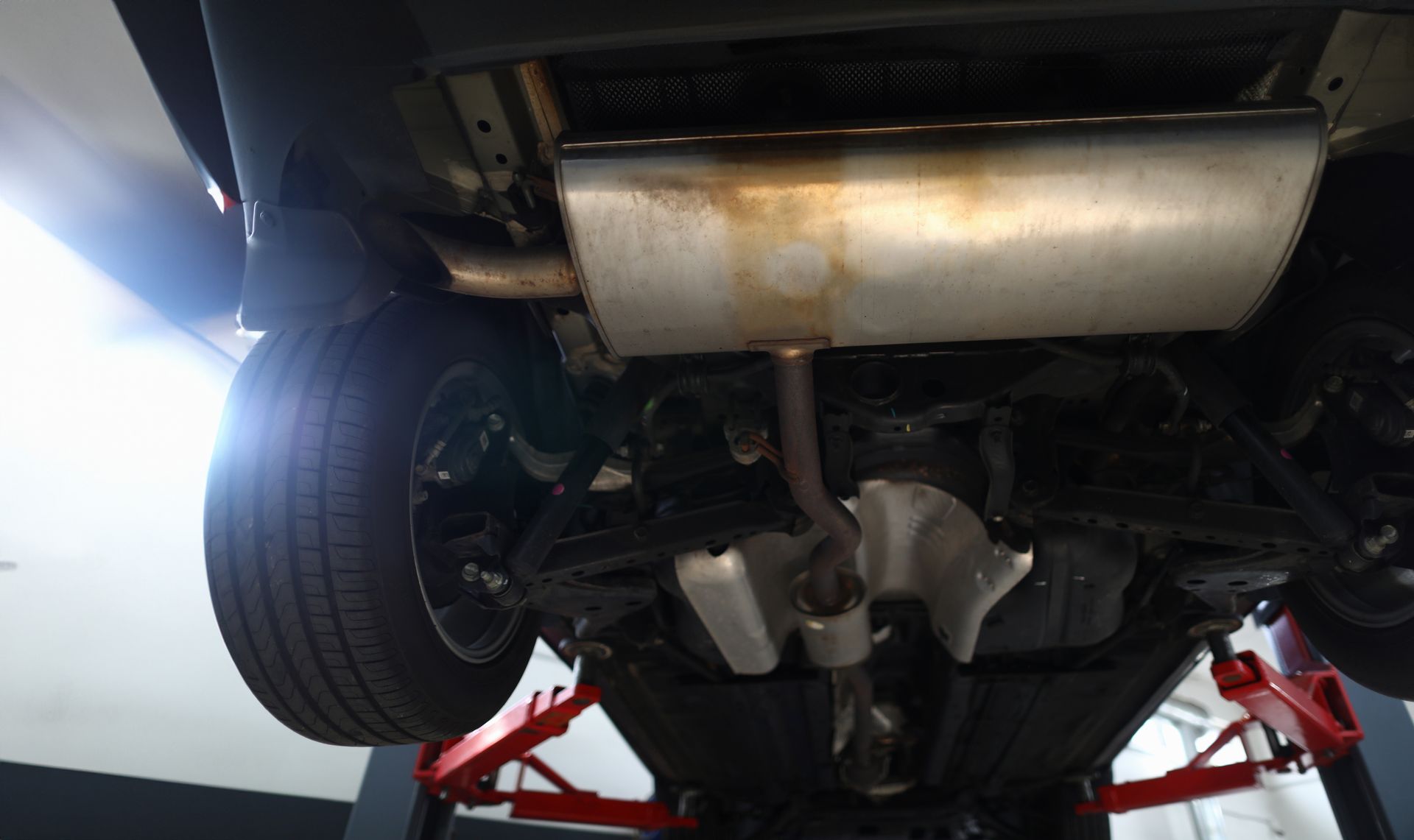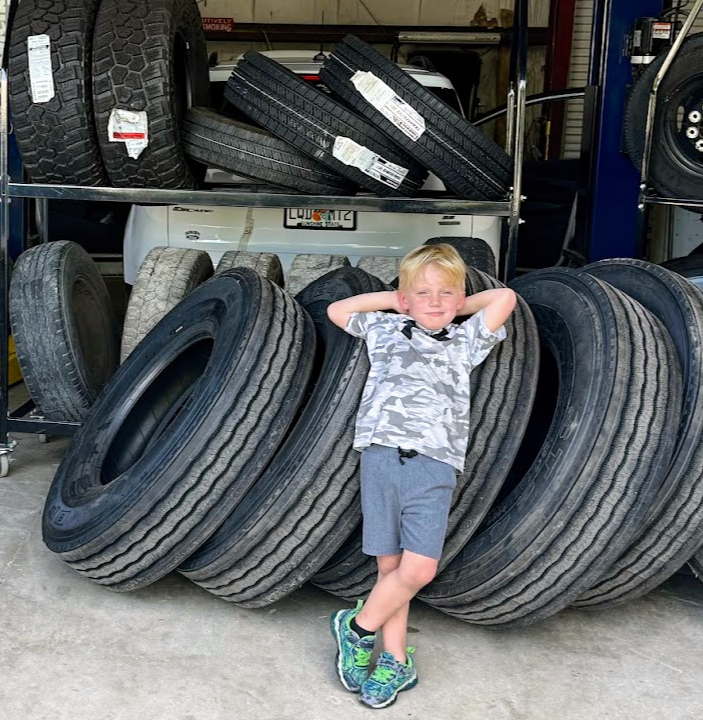Your auto radiator is one of the most important parts of your vehicle. It helps keep your engine cool and running smoothly. In this blog post, we’ll tell you everything you need to know about auto radiators, from how they work to how to troubleshoot common problems.
How Auto Radiators Work
An auto radiator is a type of heat exchanger. It transfers heat from the hot coolant that runs through your engine to the air outside. The cooling process works like this:
- The hot coolant from your engine flows into the radiator.
- The radiator fins transfer the heat from the coolant to the air passing through the radiator.
- The cooled coolant flows back into your engine and the process starts over again.
Common Radiator Problems and How to Fix Them
The most common problem with auto radiators is a leak. A leak can happen in two places: in the radiator itself or in one of the hoses that carries coolant to and from the radiator. To find out if you have a leak, check all of the hoses connected to your radiator for leaks or cracks. If you see any, replace the hose as soon as possible. You may also want to check for leaks at the seams of your radiator. If you see any dampness orcoolant on the ground under your parked car, there’s a good chance you have a leak in your radiator.
Another common problem is a clogged radiator. A clogged radiator can’t do its job properly and will cause your engine to overheat. To clean your radiator, you’ll need to remove it from your vehicle and flush it with water until all of the debris is gone. Once it’s clean, you can reinstall it and fill it with fresh coolant.
Your auto’s radiator is essential for keeping your engine cool and running smoothly. In this blog post, we’ve covered everything you need to know about auto radiators, from how they work to troubleshooting common problems. Now that you know all there is to know about auto radiators, you can keep yours in tip-top shape for years to come!












